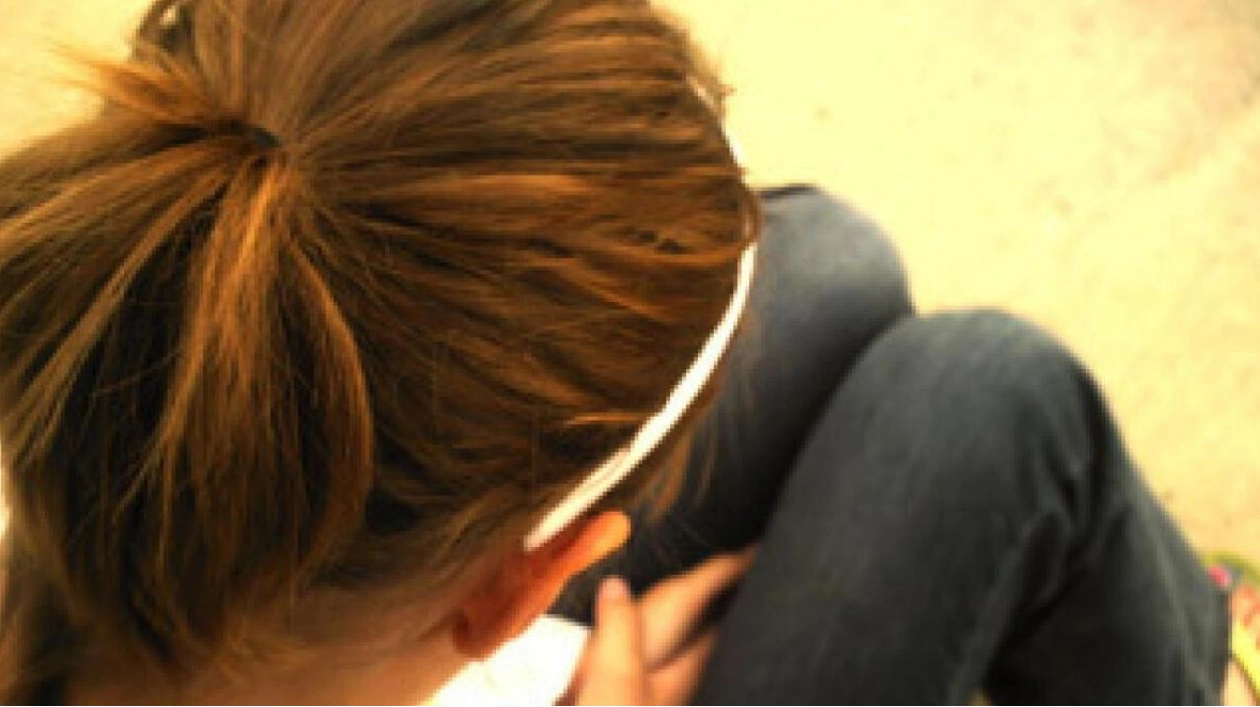A young girl, aged 15, resorted to making superficial cuts on her wrists using a sharp blade whenever she felt overwhelmed by stress from family and friends. This behavior, which she engaged in for a year, was her way of managing her emotions and dealing with depression, according to a clinical psychologist from Dubai, Athira PR, who spoke to Khaleej Times. Athira, who works at the Canadian Specialist Hospital in Dubai, explained that the girl underwent behavior therapy aimed at enhancing emotional regulation and distress tolerance. After several months of therapy, the girl significantly reduced her self-injury behaviors, learned new coping strategies, and improved her emotional regulation skills. Her family also reported better communication and increased support.
Athira described the girl's case as an example of 'non-suicidal self-harm (NSSH)', also referred to as non-suicidal self-injury (NSSI), which involves intentionally inflicting harm on oneself without the intent to die. This behavior is often used as a coping mechanism for emotional pain, intense anger, or frustration, and can include actions like cutting, burning, scratching, or hitting oneself. Self-harm typically begins in early adolescence, around ages 12 to 14, and can peak during the mid to late teenage years. The prevalence remains high into young adulthood, especially during significant life transitions.
Dr. Sobia Nasim, a consultant in Child and Adolescent Psychiatry at Medcare Camali Clinic, emphasized that the experience of overwhelming emotions is highly subjective and cannot be generalized. Many individuals feel self-loathing and helplessness before self-harming, and while they may experience temporary relief, this is often followed by feelings of depression and guilt. Dr. Nasim also highlighted a global study showing that about 17% of individuals will self-harm at some point in their lives, with an average age of first incident at 13.45. Cutting is the most common method, used by 45% of individuals, and about 50% seek help, but often only from friends.
Dr. Michel Daher, a consultant psychiatrist at Aman Lil Afia Clinic, noted that imitation can play a significant role in the initiation of NSSI, with adolescents adopting these behaviors to manage distress or gain acceptance within their peer groups. He advised that reporting self-harm behavior depends on the specific circumstances, especially if the individual is a minor or if the behavior is severe and potentially life-threatening. Media portrayal of self-harm should also be handled responsibly to avoid encouraging imitation.
Doctors emphasize that the first step in treating self-harm is acknowledging the issue and seeking help from a mental health professional. Learning healthy coping skills, such as journaling, mindfulness-based meditation, and problem-solving skills, can help prevent self-harm attempts. Dr. Marina Joseph, a clinical psychologist at Zulekha Hospital Sharjah, suggests recognizing triggers, developing coping strategies, and seeking professional help if self-harm persists. Medication may be necessary to manage underlying mental health conditions contributing to self-harm urges.






